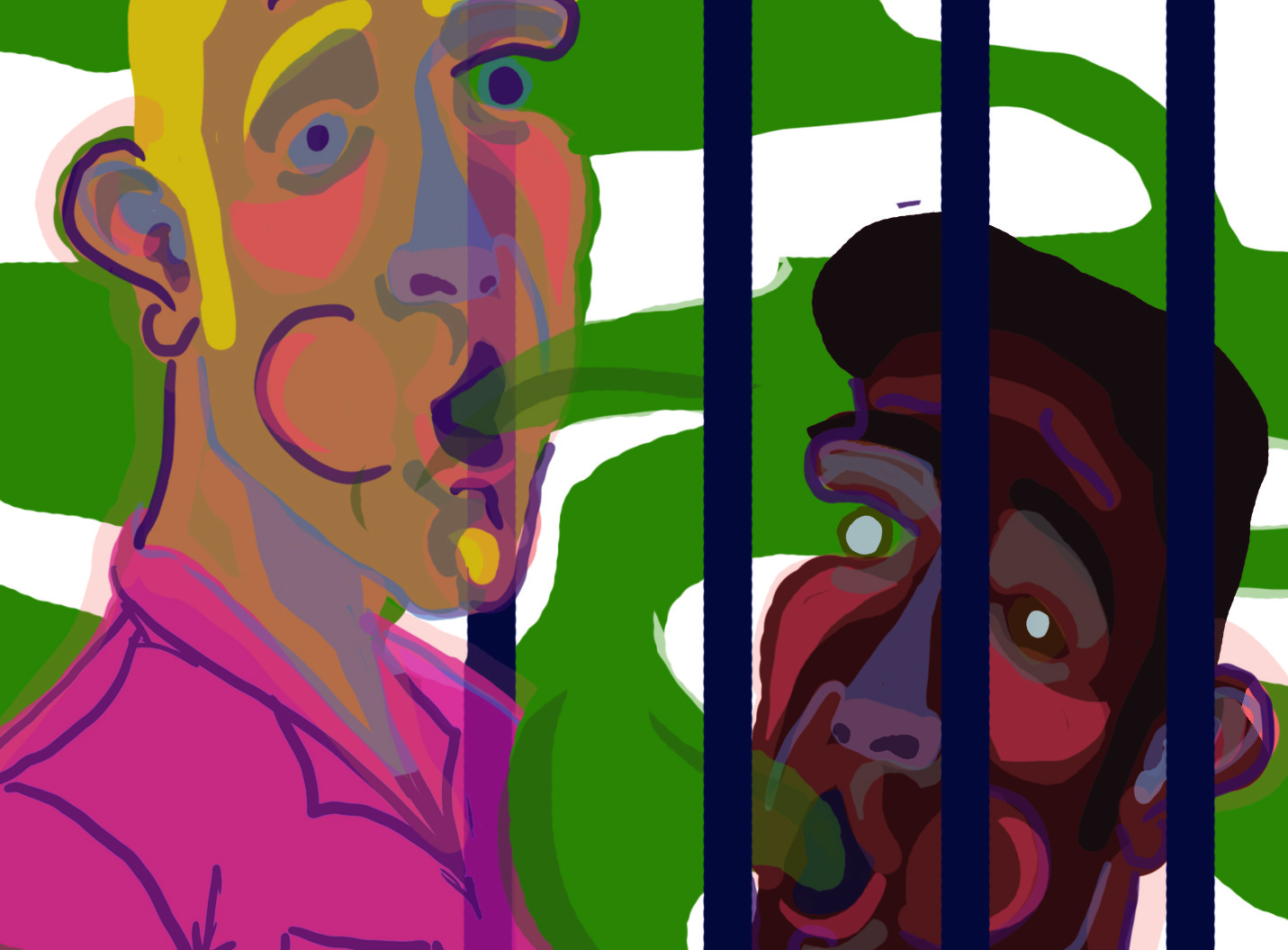As Colorado adjusts to the many changes brought about by the legalization of marijuana, supporters and skeptics across the country continue to scrutinize the effects of legal pot. While there have certainly been benefits — the drug is a green gold mine for the state — there are also some more sinister effects of the policy change stewing. It is becoming increasingly clear that those most harmed by the old system will reap the fewest rewards from the new.
Colorado’s legalization has weeded out some of the state’s defunct War on Drugs policies and served as a boon for Colorado’s coffers: A report published by the governor’s office in February projects that the state will gain $98 million in tax revenue this fiscal year from recreational and medicinal marijuana, with potential law enforcement savings ranging from $12 million to $60 million. But these benefits do not affect all Coloradans equally. Though legalization means that fewer individuals from socioeconomically marginalized minorities are being incarcerated for minor drug crimes, legalized marijuana has failed to actively assist the communities most harmed by the War on Drugs.
Michelle Alexander, an associate professor of law at Ohio State University, explains in her book, “The New Jim Crow,” that drug laws disproportionately target black communities. Between 1986 and 2010, Colorado’s police arrested African Americans for marijuana possession 3.1 times more than whites and arrested Latinos 1.5 times more than whites, even though these two minority groups have a lower rate of drug use than their white counterparts in the state. Decades of legal discrimination — including lengthier prison sentences for nonwhite drug offenders — have exacted a toll on these communities that cannot be undone by simply ceasing to discriminate. So while the legalization of marijuana possession certainly protects minorities from arrests for drug possession, Colorado must do more to address the past and present racial injustices caused by its drug laws.
In fact, it is Colorado’s white citizens who have most benefited from the state’s legalization movement. White residents tend to be wealthier, which gives them more access to the advantages of legalized weed. In 2012, the poverty rate for white residents in Colorado was 7.5 percent, compared to 23.4 percent for Latino residents and 22.2 percent for black residents. This inequality means that blacks and Latinos continue to face barriers to entry into the legal marijuana market as consumers and, as a result, still have to resort to unlicensed, illegal dealers. Due to high excise and sales taxes, legal marijuana is pricey — on average, an ounce of legal weed is approximately $220, but it can cost upwards of $300. Street prices hover around $160. Low-income smokers are left with only two options: buy illegally or go broke. The Marijuana Policy Project estimates that this year, 40 percent of Colorado residents seeking to purchase marijuana will choose the illegal option, and, as such, unlicensed dealers will remain on the black market to supply that demand. This leaves communities of color with many of the same pernicious effects of illegal drug dealing — gun violence, theft and murder — that existed during explicit marijuana prohibition. Community activist Rudy “Reddog” Balles commented to The Washington Post that he doesn’t know “who is buying for recreational use at dispensaries unless it’s white, middle-class people and out-of-towners.”
Socioeconomic barriers also prevent many illegal dealers from transitioning into the legal market as suppliers. The cost to apply for a legal retail marijuana establishment alone is $5,000, and individuals convicted of a drug felony in the past five years are barred from applying. These restrictions make it much harder for illegal sellers, often minorities, to transition into the legal market. The system instead provides opportunities to established business owners, who are often white and have already accumulated capital and experience from other fields.
At its core, the problem with marijuana legalization is the assumption that it will change mass incarceration and underlying systems of inequality. Legalization lacks not only the intention, but also the ability, to do either. Because the law is not retroactive, Colorado’s new policy will not change anything for the 210,000 people arrested in the state for marijuana possession between 1986 and 2010. Furthermore, legalization does nothing to affect the underlying economic structures that drive people into illegal dealing, nor does it shutter their markets. As Mariame Kaba, founder of Project NIA, which works to lower youth incarceration rates, explains, the presence of drug dealing as a viable economic option signals a lack of safer business opportunities and capital investment in minority communities. Marijuana legalization in and of itself, and drug legalization in general, is helpless to address these structural issues.
Currently, the majority of tax revenue from legal marijuana sales has been directed towards substance abuse treatment and marijuana use prevention for children. This spending shows that the state is more interested in limiting the potential negative effects of marijuana use than it is in addressing the larger problems of mass incarceration and racial inequality. Legalization could promote racial justice more effectively if the revenue and savings were used to combat the root causes of the black market for drugs. As analysts look back at the crucial beginnings of legalization in Colorado, they must do so with blunt attention to class and race — and with a willingness to push past a system that creates a black market for some in favor of one that embraces legalization for all.
Art by Julia Rosenfeld.
